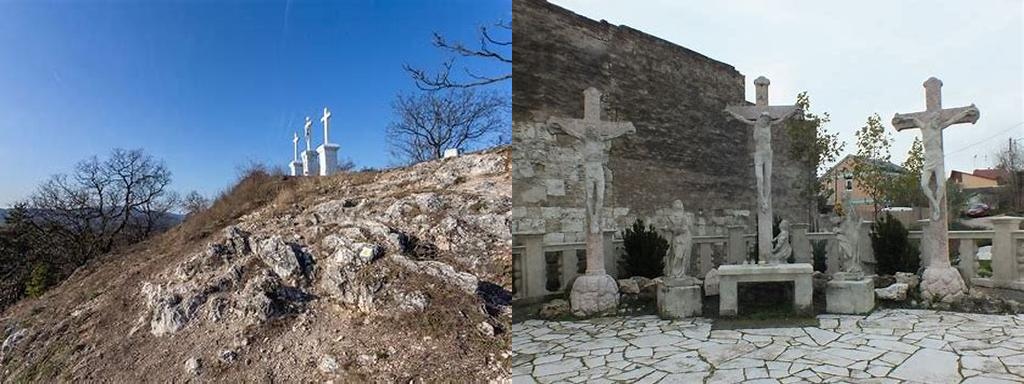
Kálvária — the evocative Hungarian term for “Calvary” — is much more than a religious site or a traditional monument dotting the rolling landscapes of Hungary and its neighboring regions. It’s a chapter of a country’s soul written in stone and wood, embraced by nature, and burnished by centuries of faith and quiet storytelling. When you step onto the winding path of a village or city’s Kálvária, you don’t just follow a route of biblical events; you retrace steps imprinted by generations, each visitor leaving behind a hint of their own story atop the hill or along the shadowed Stations of the Cross.
One of the most famous examples is the Kálvária Hill in Pécs, constructed in the 18th century, majestically overlooking the city’s patchwork of red roofs and far-reaching plain. If you’re fond of panoramic views mixed with centuries-old tradition, this site delivers both, unravelling the complex layers of local history. The design is unmistakable: a series of chapels, usually 14 in number to mirror the Stations of the Cross, climb the slope, culminating in a larger chapel or Crucifixion group at the summit. The tradition of these structures began to flourish during the Counter-Reformation, around the 17th and 18th centuries. Each station is an invitation to pause, reflect, and, for many, a chance to admire both religious art and the intricate handiwork of stonemasons and sculptors who sawed, hammered, and painted these scenes centuries ago.
But Kálvária is as much a beloved tradition as it is a singular destination. Almost every region in Hungary — and even in neighboring Slovakia and Croatia — boasts its own version, from the grandiose hills outside Buda to the humbler, hidden gems in Transdanubian villages. Some are elaborate, with baroque flourishes and vivid statuary, while others lean toward rustic charm, nestled in vineyards or silent forests, perhaps with only timeworn wood-carved crosses and simple stone markers. The diversity is dazzling: at Szeged’s Kálvária, you’re treated to neogothic detail and great examples of early 20th-century ecclesiastical art. In the high hills of Nagyvázsony, it’s a sun-bleached path that offers solitary reflection, the whisper of wildflowers occasionally interrupting your thoughts.
Visiting a Kálvária can mean something different for everyone. For some, it’s an expression of personal devotion, a quiet and meditative walk tracing the last steps of Christ. For others, it’s a feast for the senses — the sharp aroma of pine needles, the crisp texture of gravel underfoot, the sight of wild poppies growing unbothered beside centuries-old stone. Families come for picnics and peaceful afternoons, history buffs puzzle out the local stories engraved or painted at each station, and hikers find that the journey up a Kálvária hill is often reward enough. No matter your reason, you’ll be part of a long, unbroken human chain winding up a hillside, seeking solace, inspiration, or just a better view of the sunset.
Some of the chapels have seen tumultuous times. Many suffered neglect or outright destruction during the 20th century — especially in the years following World War II and the Soviet occupation, when religious life in Hungary was forced underground. Yet locals have always found ways to repair, restore, or simply treasure these places. Today, renewed interest in local traditions means many Kálváriák are once again carefully maintained, with fresh paint, cleaned paths, and occasional community events. While Easter brings the largest crowds, the best months to visit are often late spring and early autumn, when the hills are alive with flowers and the temperature invites lingering beneath the trees.
If you’re planning to explore Hungarian heritage and landscapes, try to carve out time to experience a local Kálvária. Bring sturdy shoes and an open mind. Let the sound of the wind, the ring of distant church bells, and the soft echo of past pilgrims guide you. Whether you’re a seeker, a philosopher, or just after breathtaking photographs, there’s a quiet sort of magic awaiting at the crest of every Kálvária hill.





